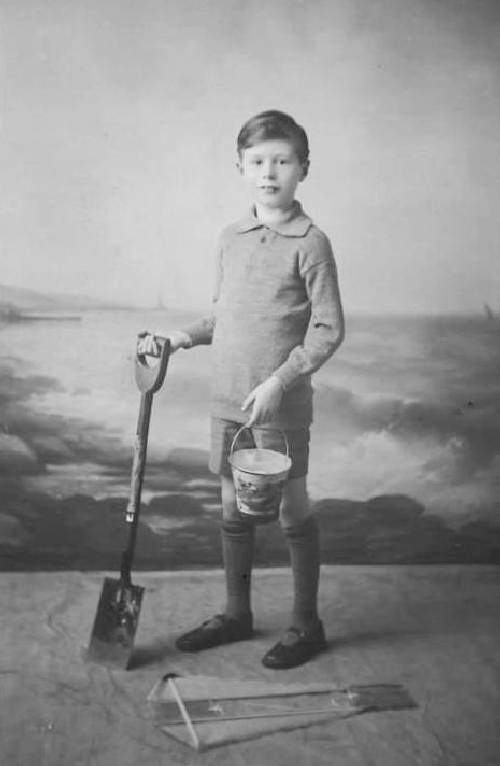
Figure 1.--After World War I children begin to wear more informal clothing at seaside resorts. I at first glance thought this boy was British. It came from a Dutch dealer, but he handles mamy French images. We tend to think the boy here is Dutch, but he could be Belgian or French. The portrait is also undated, but looks to have been taken in the 1920s. A British reader writes, "I think the boy is British and possible a little later than you think I'd say 1934. The seaside Jersey looks more in keeping with other images I have seen from the 1930s. Also the bucket and spade. The design on the bucket has a British feel to it. It is a studio photograph. The back cloth looks more English than French or Dutch."

